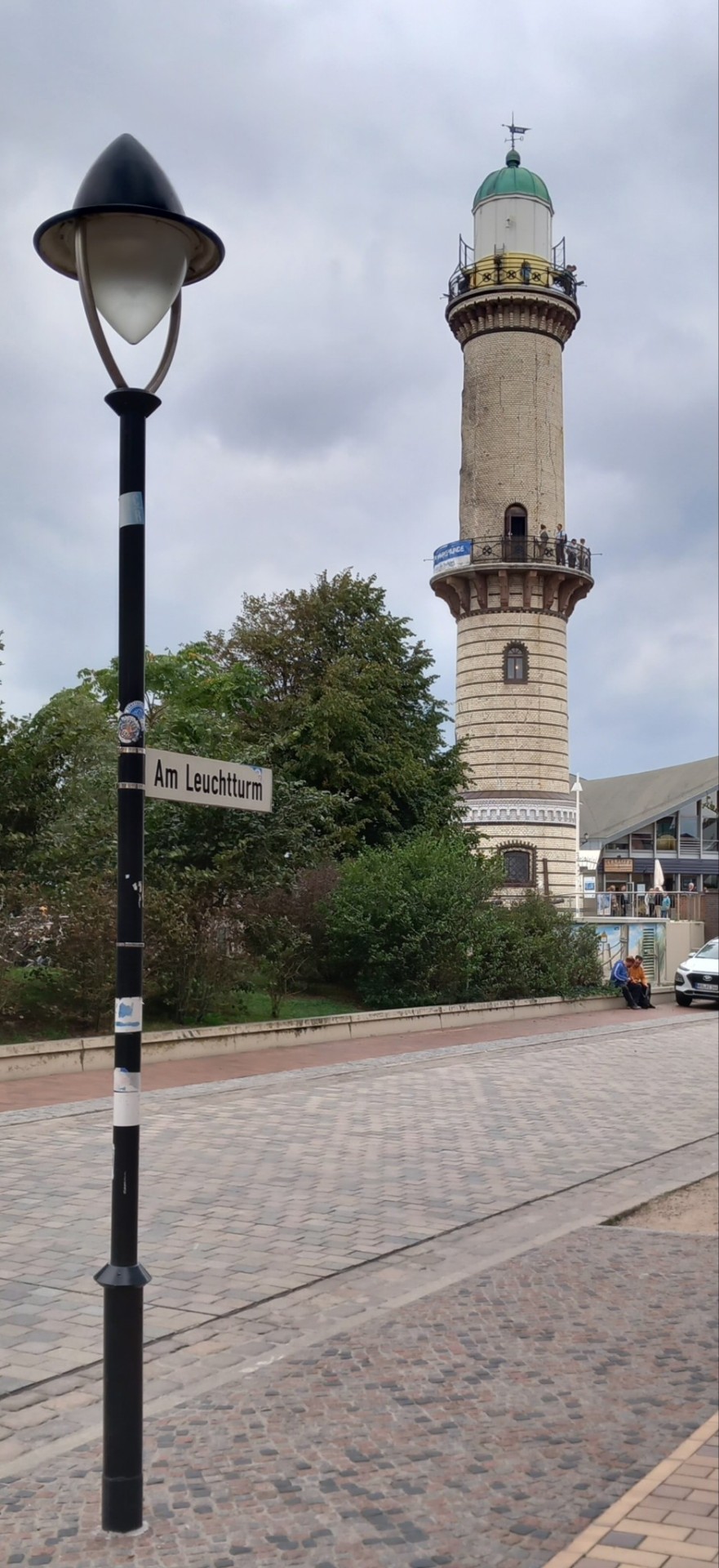#Warnemünde
Text
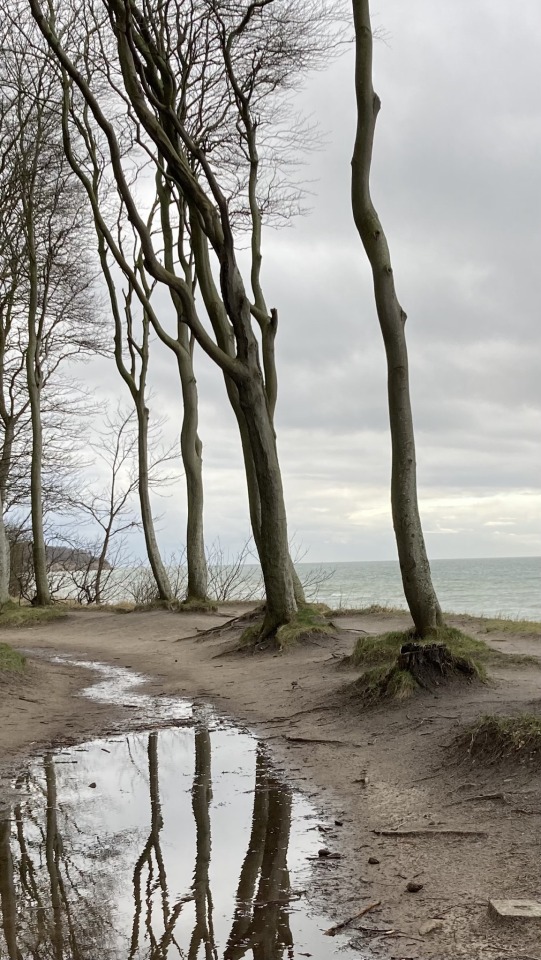
#photographers on tumblr#original photographers#nature photography#photography#nature#baltic sea#warnemünde#trees#water reflection
331 notes
·
View notes
Text



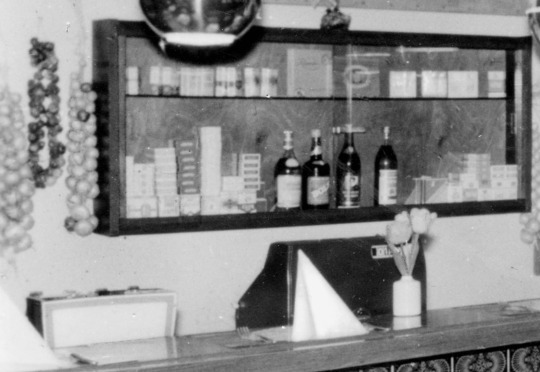
Ansichtskarte
Rostock-Warnemünde
Hotel Neptun
Snak-Bar [sic]
Reichenbach (Vogtl): BILD UND HEIMAT REICHENBACH (VOGTL) (V 11 50 A 1/B 747/75 01 01 31 293)
Foto: Bild und Heimat ([Heribert] Darr)
1975
#Warnemünde#Bezirk Rostock#Hotel#Bar#Heribert Darr#1970er#1975#BILD UND HEIMAT#Hotel Neptun#Philokartie#DDRPhilokartie#OstmodernePhilokartie#DDRModerne#GastronomieDerDDR#InnenarchitekturDerDDR#Ansichtskartenfotografie#BezirkRostock#akWarnemünde#AnsichtskartenfotografieDerDDR#deltioogy#VintagePostcard#SocialistHotels
27 notes
·
View notes
Text
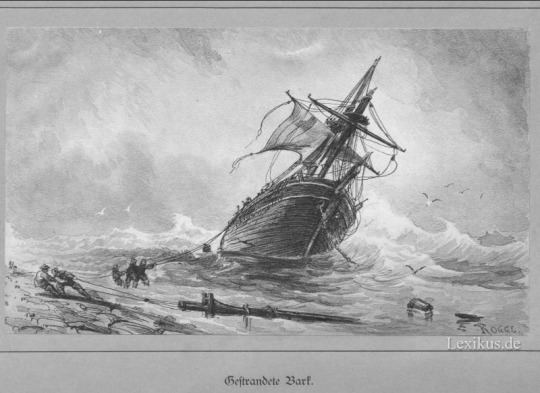
Beached barque, by E. Rogge, Warnemünde, 1884
57 notes
·
View notes
Text


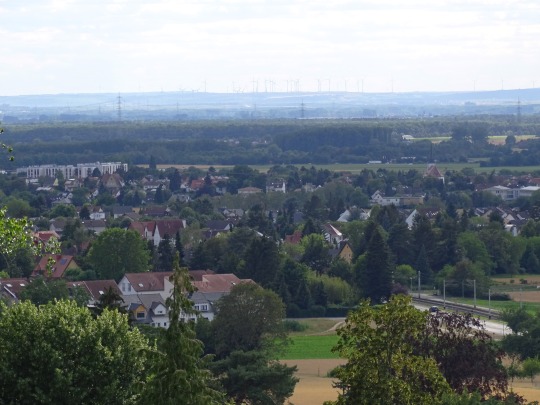
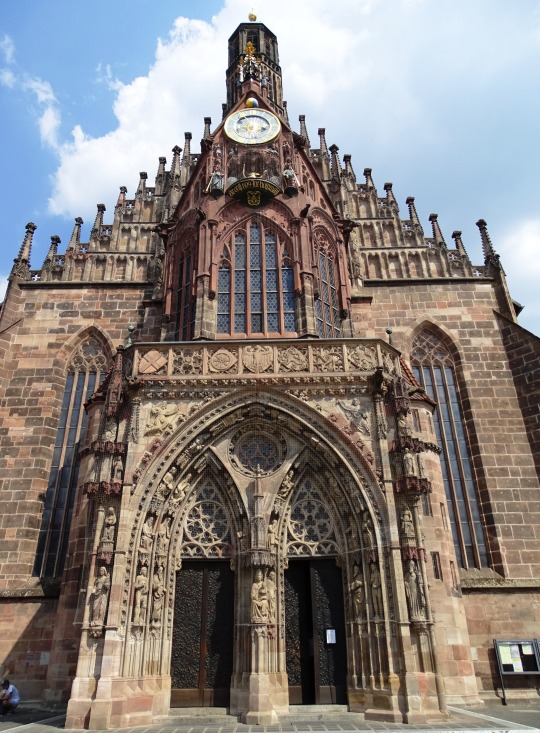
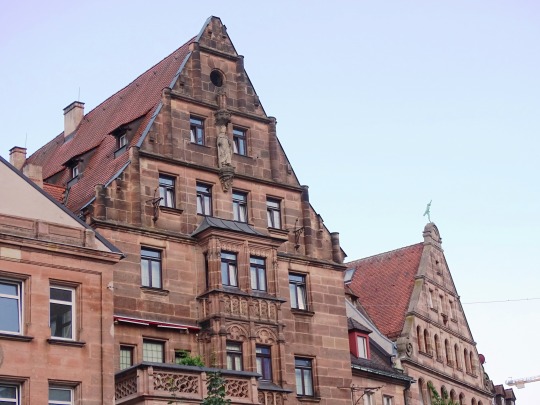
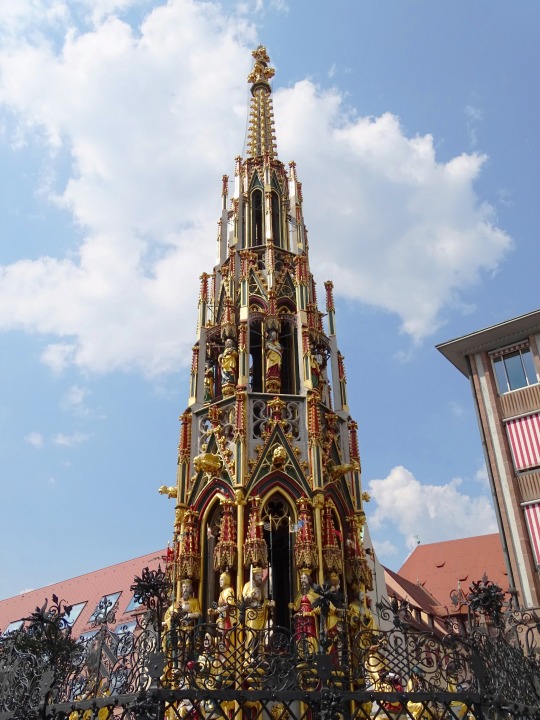
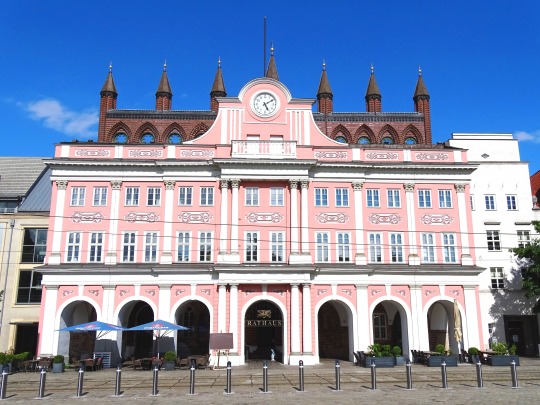

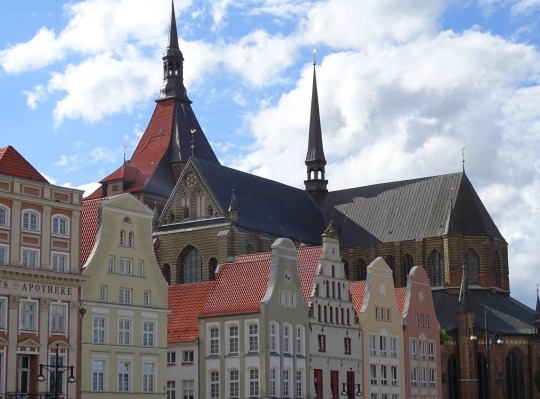
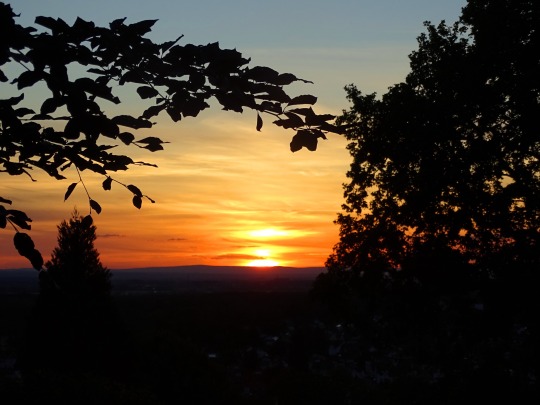
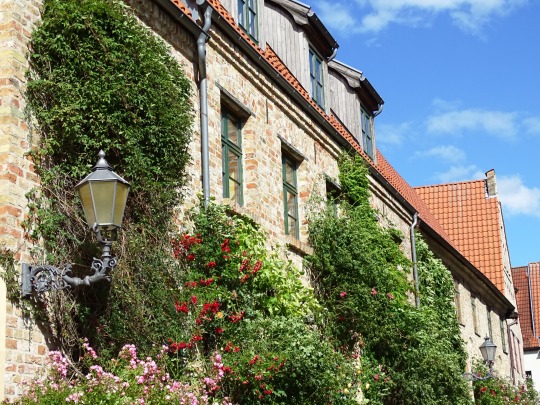
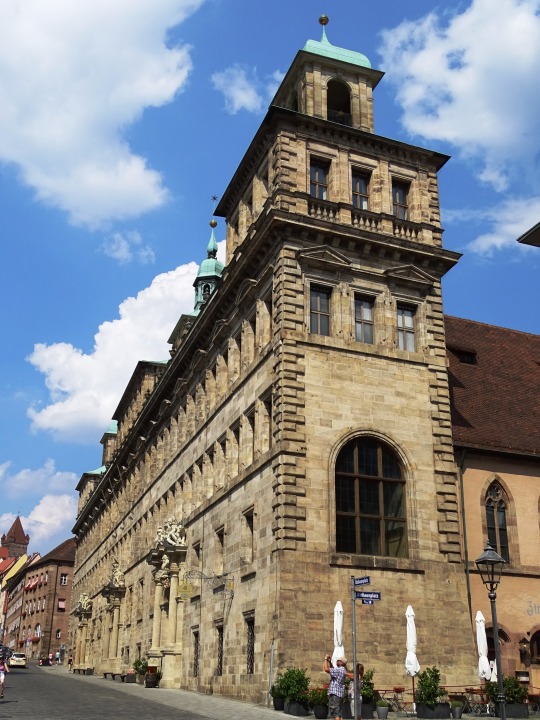


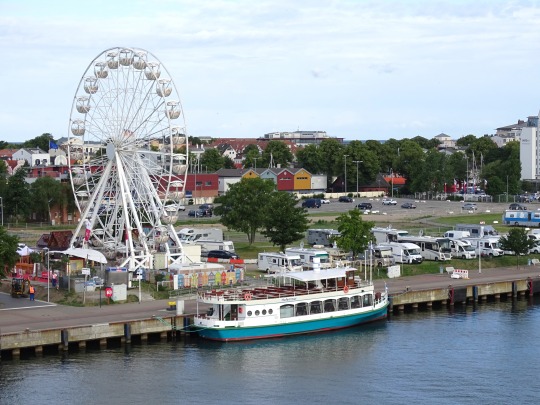
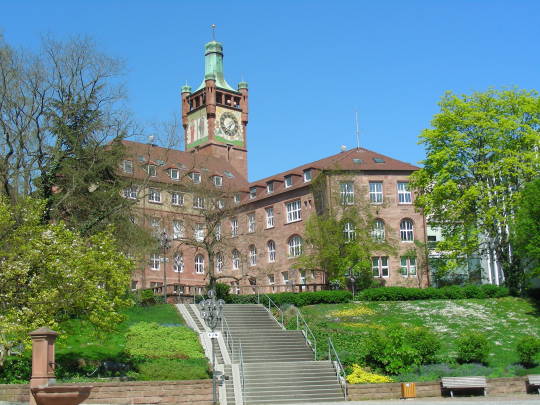
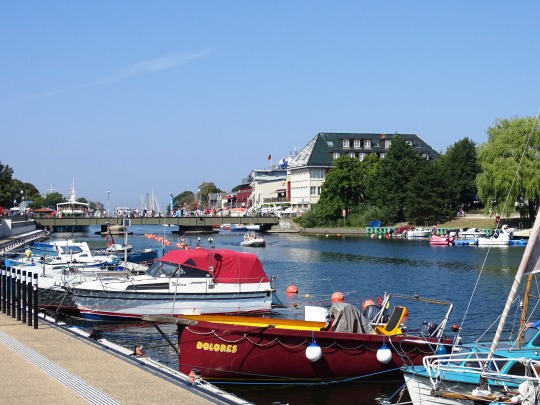
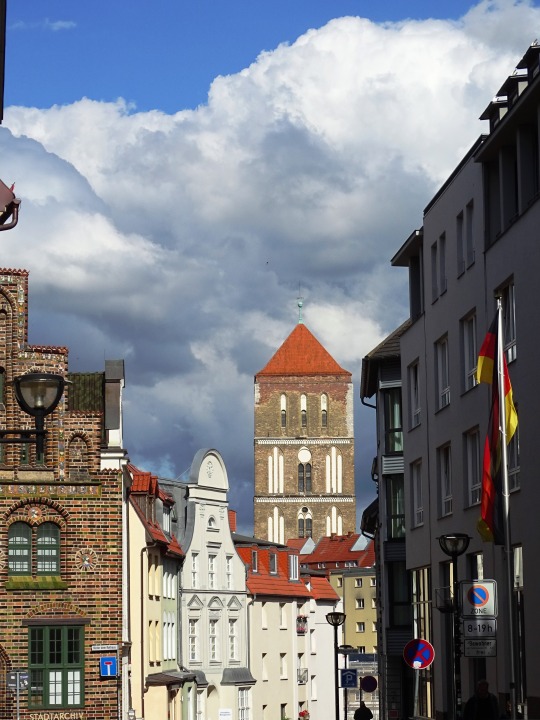

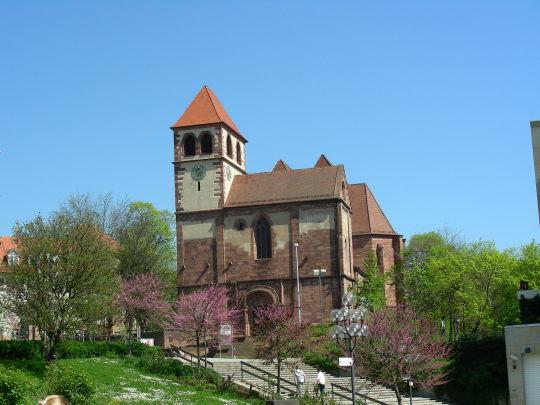
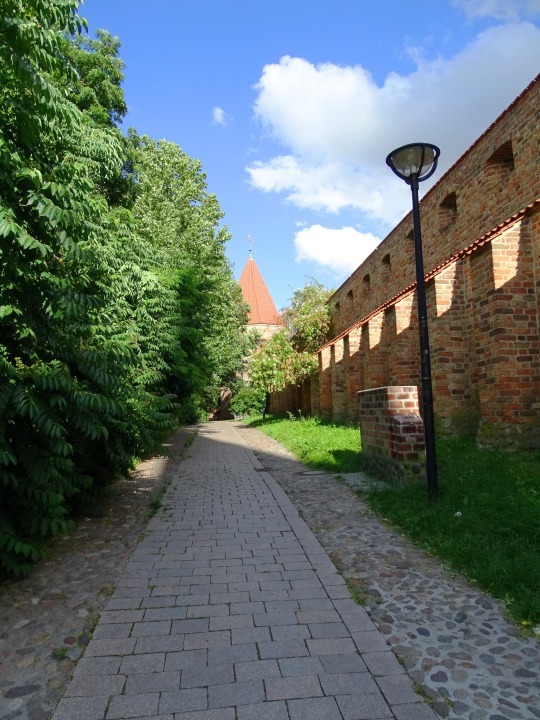
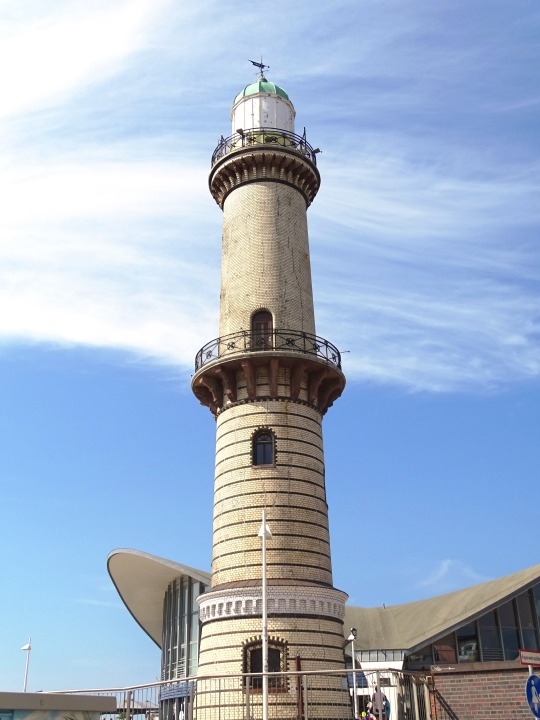
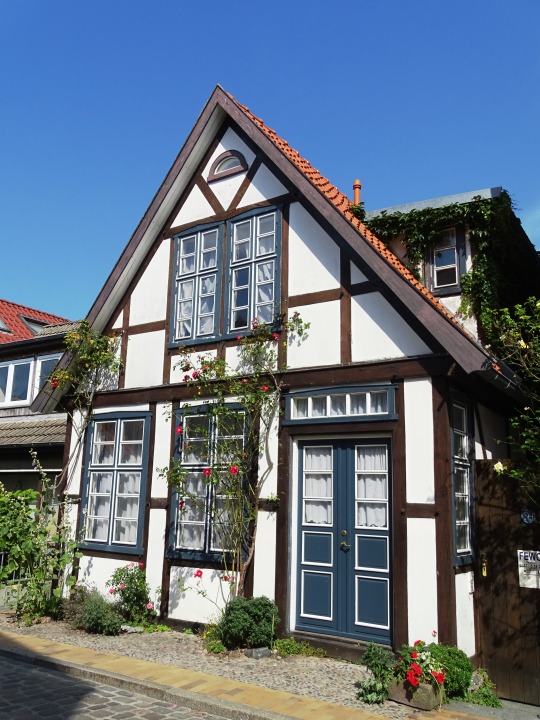
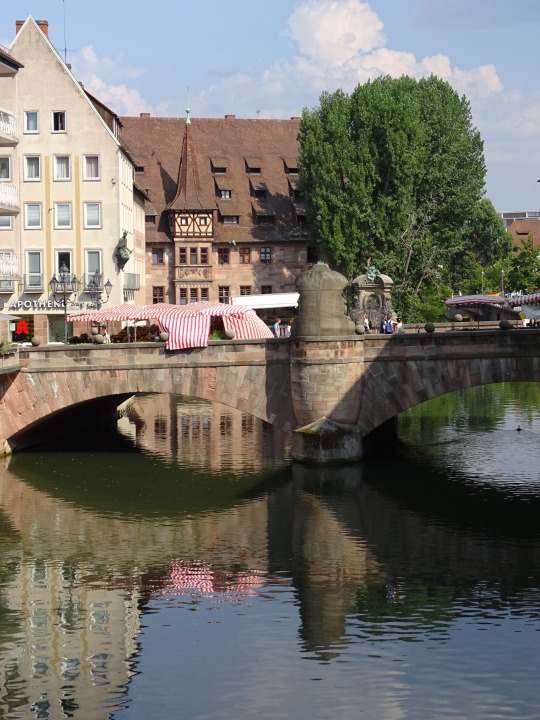

Tag der Deutschen Einheit
German Unity Day is celebrated on October 3 to commemorate the unification of the Federal Republic of Germany and the German Democratic Republic into a single federal Germany on the same date in 1990. A public holiday, the day is characterized by concerts, communal meals, speeches by politicians, and fireworks.
History of National Unity Day
After WWII, Germany was divided into four military sectors, each controlled by France, the United States, the United Kingdom, and the Soviet Union. In 1949, the Federal Republic of Germany was formed and, on October 7 of the same year, the German Democratic Republic (also known as the DDR — ‘Deutsche Demokratische Republik’) was formed.
The political tensions in post-war Europe did not allow much interaction between the people of the two countries. The DDR exercised strong resistance against repression of its political opponents. Thousands of people were kept under surveillance by the German police.
On September 4, 1989, a peaceful protest was carried out by the people of Leipzig against the DDR government. More such demonstrations in other DDR cities took place calling for political reforms and the opening of the borders. And on November 9 that year, the checkpoints between the two German countries were opened and people could travel freely once more. This date marked the ‘fall’ of the Berlin Wall.
Democratic elections further paved the way for the people to come together in the DDR. Finally, in August 1990, the leaders of both countries signed the Treaty of Unification, and Germany’s unification was made official on October 3, 1990.
The Berlin Wall and the Brandenburg Gate are two very important symbols of Germany’s division and the unification of Germany in 1990. Images of both of these are put on display on German Unity Day all across Germany. The day is celebrated as a three-day festival around the Brandenburg Gate and at the Reichstag around Platz der Republik.
National Unity Day timeline
May 23, 1949
Federal Republic of Germany Forms
The German sectors of France, the United Kingdom, and the United States come together to form the Federal Republic of Germany.
October 7, 1949
German Democratic Republic
The sector controlled by the Soviet Union becomes the German Democratic Republic (also known as the DDR — ‘Deutsche Demokratische Republik’).
November 9, 1989
Berlin Wall Falls
On November 4, an estimated 50,000 people gather for a mass protest in East Berlin — five days later, the Berlin Wall dividing communist East Germany from West Germany crumbles.
August 31, 1990
Unification Treaty is Signed
The Unification Treaty is signed, allowing a reunited Germany to become fully sovereign the following year.
National Unity Day FAQs
What is German Unity Day called in German?
German Unity Day is called ‘Tag der Deutschen Einheit’ (The Day of German Unity).
What does German Unity Day celebrate?
The Day of German Unity is Germany’s national holiday. It commemorates the German reunification in 1990 and is celebrated with a festival around Platz der Republik, Straße des 17.
What is closed on German Unity Day?
German Unity Day is a public holiday in Germany so post offices, banks, and many businesses are closed. Nearly all stores are closed, although a few may be open in some city areas.
How To Celebrate German Unity Day
Celebrate the local cultureCelebrate with all the locals at the Charlottenburg Palace. Experience the neighborhoods of Berlin while taking a stroll through Kreuzberg, Friedrichshain, and Mitte.
Watch films and documentaries about GermanyThere are many famous documentaries about Germany and the Berlin Wall. Some of them include “Busting the Berlin Wall,” “Stasi – East Germany’s Secret Police,” “After the Wall: A World United,” “Rise and Fall of the Berlin Wall,” and more.
Visit the specific city of observanceA famous feature of German Unity Day is the observance of the day in one of the 16 states’ capitals every year, which hosts the celebration.
5 Interesting Facts About The Berlin Wall
Two walls: The 27-mile barrier separating Berlin into east and west had two concrete walls that had a 160-yards-wide ‘death strip’ in-between with watchtowers, guard dogs, floodlights, machine guns, and more.
Death on the Wall: More than 100 people died while trying to cross the Berlin Wall, by gunshots, fatal accidents, or suicide.
The great escape: More than 5,000 people escaped by either going over or under the Berlin Wall.
Berlin in Vegas: A piece of the Berlin Wall is now in the bathroom of the Main Street Station Casino in Las Vegas.
In memory of Ida Siekmann: The Berlin Wall cycle route has a glass plaque honoring Ida Siekmann who was the first person to die while trying to cross the wall and flee to East Berlin.
Why German Unity Day Is Significant
It celebrates the unification of Germany: The establishment of Germany as a federal country after years of division since 1945 and the unification of East and West Germany is worth celebrating.
Fall of the Berlin Wall: It commemorates the day when the wall dividing communist East Germany and West Germany crumbled. This was just five days after almost 50,000 people gathered in a mass protest in East Berlin.
Dissolution of the German Democratic Republic: The date marks the dissolution of the German territory controlled by the Soviet Union and the day it joined the Federal Republic of Germany.
Source
#Tag der Deutschen Einheit#National Day of Germany#German Unity Day#3 October#Rostock#cityscape#architecture#Warnemünde#travel#summer 2020#Germany#Deutschland#German history#vacation#Leipzig#Mecklenburg-Vorpommern#Mecklenburg–Western Pomerania#Sachsen#Saxony#Bayern#Bavaria#Nuremberg#Nürnberg#Alter Strom#Marienkirche#Neuer Markt#Nikolaikirche#Völkerschlachtdenkmal#Baltic Sea#Schöner Brunnen
24 notes
·
View notes
Photo
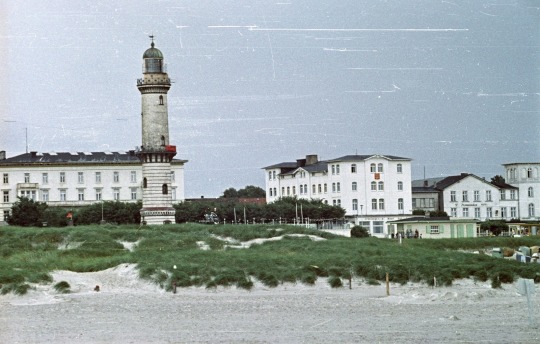
Old Lighthouse, Warnemünde, 1962. From the Budapest Municipal Photography Company archive.
121 notes
·
View notes
Photo

© timo bernhard, all rights reserved
#Konica T3#35mm#analog photography#film photography#real photography#original photography#warnemünde#ishootfilm#staybrokeshootfilm#grainisgood#kodak#analoglens
23 notes
·
View notes
Text
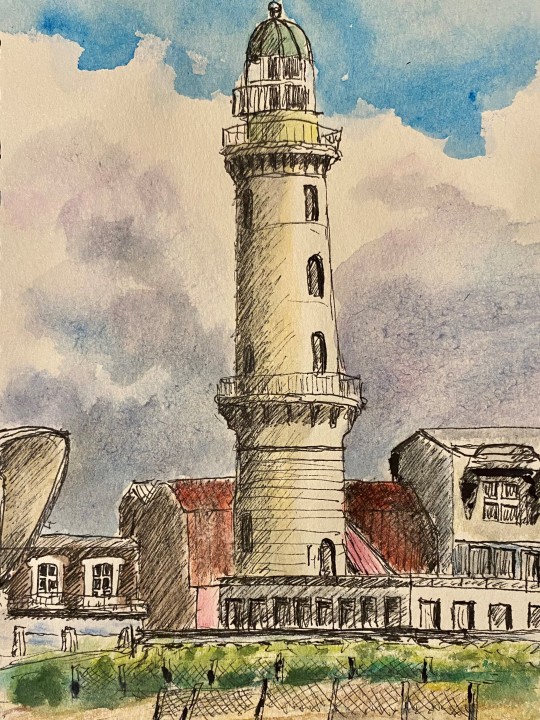
Leuchtturm in Warnemünde
#Warnemünde#Rostock#Ostsee#Warnow#leuchtturm#fyr#lighthouse#coast#küste#aquarell#aquarellskizze#aquarellmalerei#aquarellzeichnung#malerei#watercolor#watercolorpainting#painting#kunst#art#berlin#michael müller#harz#südharz#meer
8 notes
·
View notes
Text
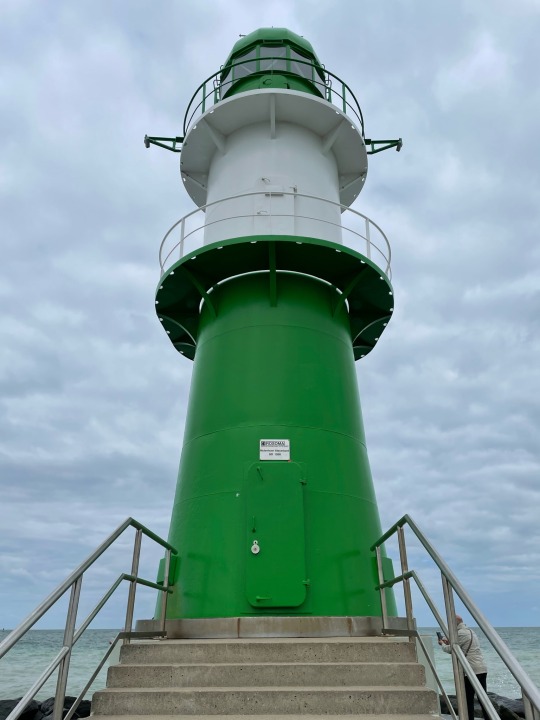
Molenfeuer Warnemünde
2 notes
·
View notes
Text
youtube
#photography#landscape#hamburg#travel#autumn#germany#tree#insta#ostsee#baltic#warnemünde#glutenfrei#Youtube
2 notes
·
View notes
Text

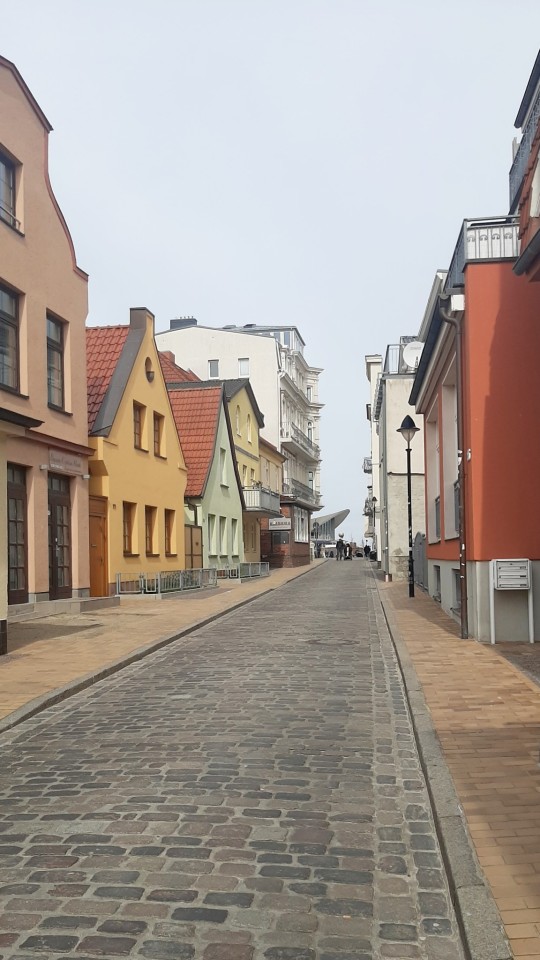
8 notes
·
View notes
Text


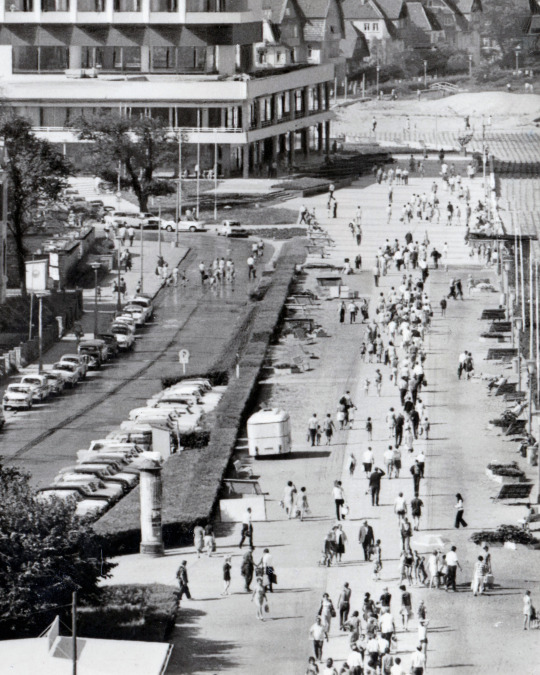
Ansichtskarte
ROSTOCK-WARNEMÜNDE
Hotel "Neptun"
Köthen: VEB Ansichtskartenverlag Köthen (P 1/73 IV-14-45 06 01 31 217)
Foto: Wanke
1973
#Warnemünde#Hotel Neptun#VEB Ansichtskartenverlag#Hotel#Tourismus#1970er#1973#Bezirk Rostock#Philokartie#DDRPhilokartie#OstmodernePhilokartie#akWarnemünde#Architekturphilokartie#Ansichtskartenfotografie#AnsichtskartenfotografieDerDDR#deltiology#VintagePostcard
38 notes
·
View notes
Text

9 notes
·
View notes
Text

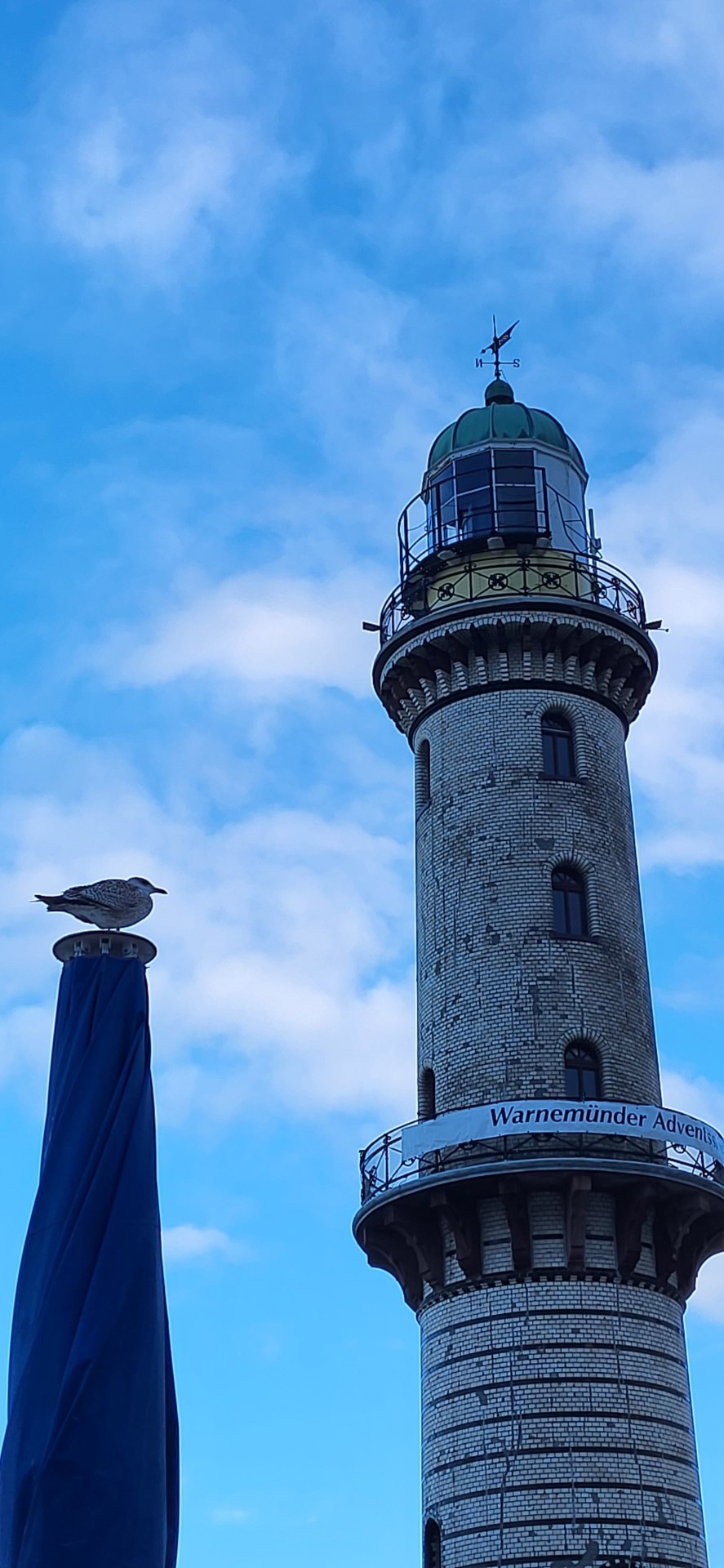

Just some random Pics from my Vacation
Hope you enjoy!
#random#cute pictures#doggo#me#mine#msmoodie#cute#sea#cold weather#warnemünde#love the beach#even when its cold#miss these days
10 notes
·
View notes
Photo
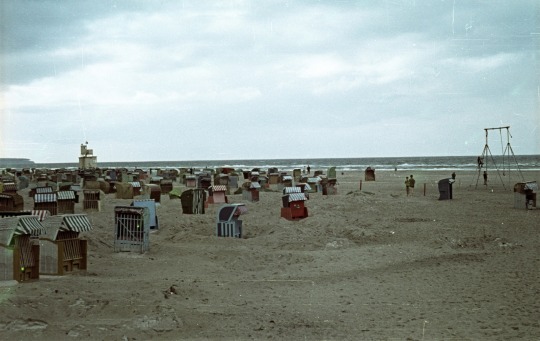
Warnemünde beach, 1962. From the Budapest Municipal Photography Company archive.
55 notes
·
View notes
Photo
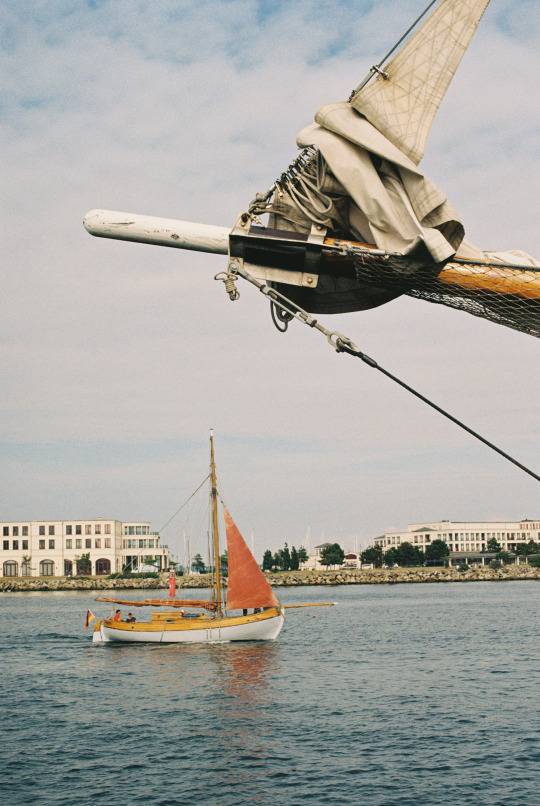
© timo bernhard, all rights reserved
#konica t3#35mm#analog photography#film photography#real photography#original photography#ishootfilm#staybrokeshootfilm#grainisgood#kodak#warnemünde#analoglens
20 notes
·
View notes
